Across time, engines have developed more complexly. Most advancements and improvements that were made the concentrate on creating improved fuel economy and performance without having to make the engine look bigger.
One of the salient changes that were introduced is the configuration of the camshaft. Depending upon the vehicle, it can contain camshaft that is situated inside the block, which is called the overhead engine valve.
There is also another type of camshaft that is situated over the cylinder head’s top, which is known to be the overhead cam engine. It is possible that your engine can have one, two, or even multiple camshafts depending on its structure.
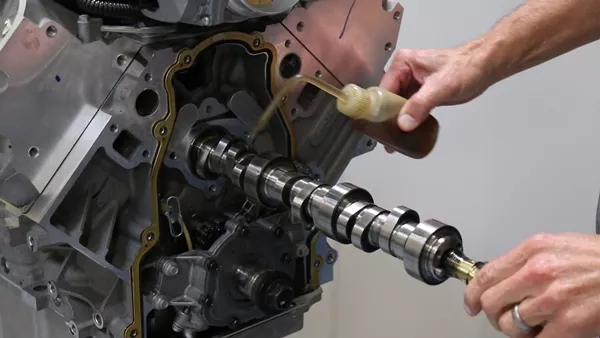
One of the salient changes that were introduced is the configuration of camshaft
If you encounter a camshaft failure, it is necessary to be familiar with what type of engine you have for you to be able to determine what type of repair needs to be realized. By a long way, the overhead cam design is the most typical configuration in the modern engines.
Learning its mechanisms and the things you need in doing a camshaft repair can help you do it by yourself or at least make you a well- informed buyer. Read on this article from Philkotse.com to find out how to properly install a new camshaft.
1. Understanding the nature of a camshaft
Opening and closing the valves require you to use a camshaft in the engine. The camshaft is being steered by another engine known as the crankshaft through the aid of a belt or sometimes a chain that connects the two.
While the crankshaft moves out of the combustion’s force in the engine, it rotates, which causes the camshaft to rotate, too. Perfect timing of the camshaft and crankshaft is what it takes for the engine to work properly.
Contemporary vehicles also use variable timing of camshaft which can change during the opening and closing of the valve based on RPM that can make the most of the horsepower and fuel gain.
Usually, a camshaft never fails unless there are other crucial problems with the engine. That said, the more serious issue must be the first to be taken care of.
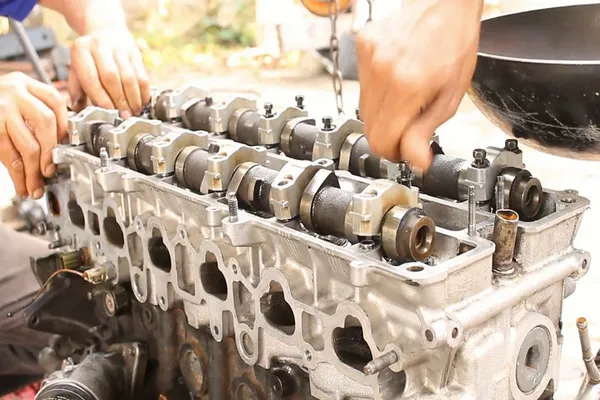
Perfect timing of the camshaft and crankshaft is what it takes for the engine to work properly
You might also be considering replacing a camshaft if you want to maximize your engine’s performance. There are considerably several engines that derive benefit from camshafts that get the valves open at a different time and at, amazingly, at a different height.
This does not apply to every engine, thus the whole process needs to be looked into before changing a camshaft for improved performance.
>>> Read more: What does a car engine camshaft do?
2. How to install a camshaft
Camshaft configuration is a customary repair that a lot of mechanics are having fun doing. Having a hoist means lesser work, the absence of one, however, will not keep you from having your repair accomplished.
You can have the cam replaced and use the engine as a substitute by taking out the grille, brackets, and radiator to have access.
Step 1
The shroud of radiator fan needs to be removed as well as the drive belts attachments. With the drained coolant, have the hoses of the radiator taken off a water pump, after that take out the radiator.
While you unfasten each piece, consider storing them in plastic bags or boxes, affixing a note to recognize their placements.
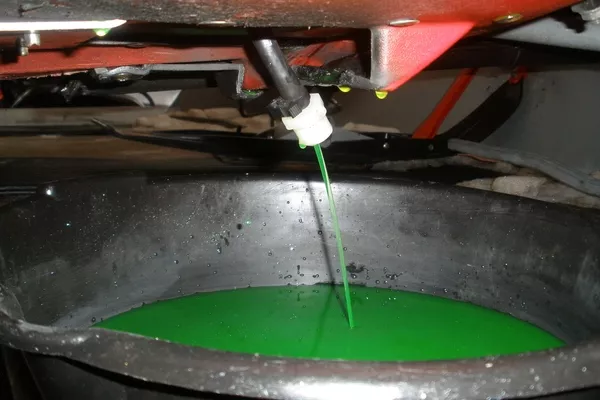
Get the coolant drained
Step 2
Detach the gears from the water pump such as the steering pump, the A/C brackets, as well as the alternator. Also, remove any components enclosed to the timing cover (i.e. pulleys of the crankshaft and water pump).
While having the timing chain out in the open, along with the camshaft and also the sprockets of the crankshaft, find the little timing marks. Turn the engine on and on until you get the marks aligned, at the same instance piston number one must be at the furthest point of a piston’s travel or top dead center (TDC).
These marks should always be aligned when installing the cam otherwise serious engine issues may arise. Has the harmonic balancer removed using some balancer removal tool before having the timing cover taken off?
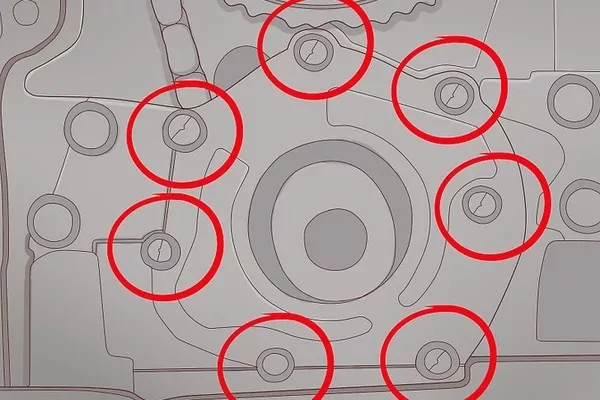
While having the timing chain, find the timing marks
>>> Also check: 10 most popular car engine parts that you should know.
Step 3
Take off the covers of your valve and work lose your rocker arms, and take away your pushrods. Have the distributor, camshaft lifter and carburetor, and intake manifold removed. At the engine’s front, take off the timing gear of your camshaft sprocket bolts, and after that, side the sprocket and take off your timing chain.
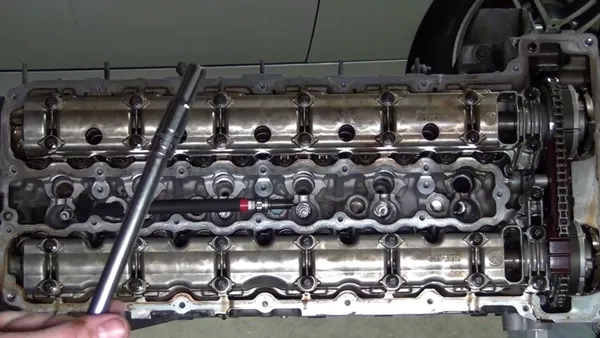
Take off the covers of your valve and work lose your rocker arms, and take away your pushrods
Keep in mind that you need to have your timing chain replaced because a chain that is stretched influence the ignition system timing as well as the cam. Get your cam sprocket re-installed, and gently slip the camshaft frontward and away from your engine block. And not just the camshaft, changing a timing chain is also needed.
Step 4
Has your distributor gear applied with assembly lube, same thing with cam obes along with bearing journals? Pace cam inside the block. Right after your cam is nearly all in, set up your timing sprocket right to the cam’s nose, have it used for support.
Turn the cam’s timing mark at six o'clock and pivot your crankshaft so that its mark will be at twelve. Take off your cam sprocket and set up your timing chain, making sure your timing marks are left.
Have the base of the cam lifters applied with lube (every new camshaft must-have new lifters installed) and set them upright in the bores.

Have the distributor gear applied with assembly lube
>>> Worth reading: Top 10 improvements in car engine design.
Step 5
With your gaskets and new seas, get the components re-installed in a reverse sequence. Scratch previous gaskets out of the entire mating surfaces, after that set up in your timing, cover a new front seal.
All bolts along with the fasteners must be tightened to the spectacles. After they are reassembled, the engine is almost ready for you to start.
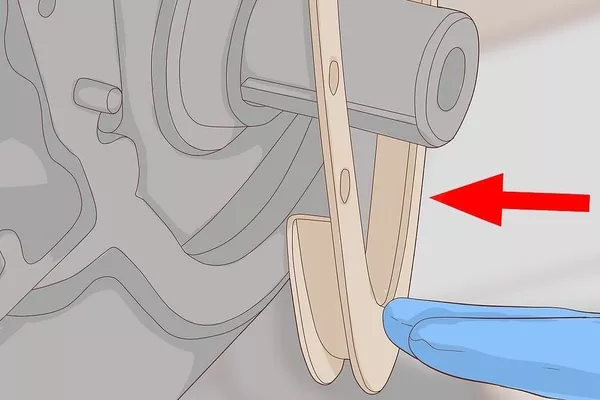
All bolts and fasteners must be tightened to the specs
Get the oil changed, and see to it that your coolant is quite full, and refer to the instruction for starting. Once your camshaft has been installed, you might want to through a break-in process, and this will depend on the recommendation of the manufacturer.
For some vehicles, this could be quite a massive job, and if you failed to do it correctly, this can pose serious problems on the engine. Seek help from certified mechanics if you feel too uncomfortable with the procedure.
Recent posts
- 5 Innovations That Reduce Engine Vibrations Aug 16, 2022
- 4 things you need to know about engine fuel injection Feb 25, 2021
- 4 common reasons why car engines lose horsepower over time Jun 25, 2019
- Get to know engine types and 4 DIY tips to diagnose unhealthy ones Jan 12, 2021
- Shoud drivers opt for it: The Pros and Cons of turbocharging & Supercharging car engines Dec 04, 2020












